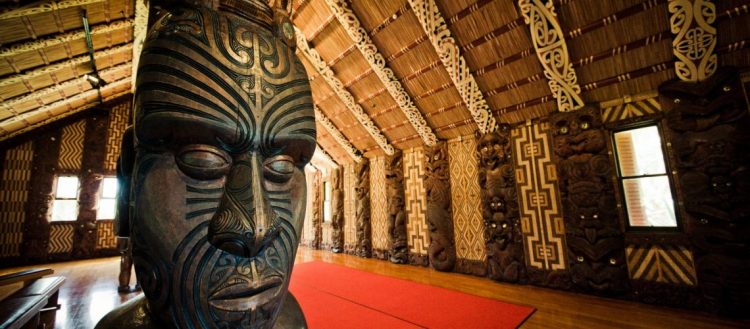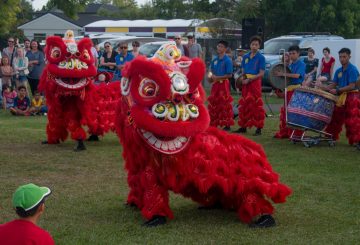Người New Zealand sẽ có ngày lễ Matariki đầu tiên vào thứ Sáu 24 tháng 6. Lễ kỷ niệm đánh dấu sự khởi đầu của năm mới Māori.
Matariki là tên của một cụm sao còn được gọi là Pleiades. Trong mùa đông của New Zealand, cụm sao có thể nhìn thấy trước khi mặt trời mọc về phía chân trời đông bắc. Sự xuất hiện của nó báo hiệu sự kết thúc của một năm và bắt đầu một năm mới trong âm lịch Māori.
Tiến sĩ Rangi Matamua, một chuyên gia thiên văn học người Māori đã giành được giải thưởng nhà truyền thông khoa học danh giá của Thủ tướng Chính phủ vì công việc nâng cao nhận thức về Matariki, nói rằng lễ kỷ niệm này mang tính tinh thần và xã hội.
Đó là tinh thần về mặt ghi nhớ những người đã qua đời trong năm.
“Đó là [also] một điểm tập hợp để tất cả mọi người đến với nhau và ăn mừng những gì đã xảy ra trong năm qua và buông bỏ nó đi. Để kỷ niệm chúng tôi hiện tại và mong muốn được hứa hẹn về một mùa giải mới và một năm mới.”
Rereata Makiha, một nhà chiêm tinh học nổi tiếng của người Māori, nói rằng Matariki được cử hành thông qua việc chia sẻ thức ăn, câu chuyện và thời gian với nhau.
Trong quá khứ, cuộc sống xoay quanh việc thu thập thức ăn để đảm bảo sự sống còn trong những tháng mùa đông. Sau công việc vất vả của mùa thu hoạch, trong những tháng lạnh giá của năm mới Māori, mọi người sẽ tụ tập để giữ ấm, chia sẻ thức ăn và giải trí lẫn nhau thông qua kể chuyện.
“Tất cả lịch sử của chúng ta được truyền lại qua những câu chuyện, pūrakau,” Makiha nói.
Một sự hồi sinh của lễ kỷ niệm năm mới bắt đầu từ giữa những năm 1990. Năm 2020, một kiến nghị được bắt đầu để biến Matariki trở thành một ngày lễ công cộng. Chính phủ chính thức ký nó thành luật vào năm ngoái.
Mặc dù theo truyền thống Māori, Matariki là dành cho tất cả người New Zealand, Matamua nói.
“Trong tâm trí tôi không còn là lễ kỷ niệm Māori nữa. Nó đã trở thành một lễ kỷ niệm quốc gia và đó là tương lai của nó đối với tôi và tôi nghĩ đó là một phần tuyệt vời về Matariki.
Tình cảm này được Thủ tướng New Zealand Jacinda Ardern vang vọng.
“Matariki sẽ là một kỳ nghỉ đặc biệt của New Zealand; một thời gian để suy ngẫm và kỷ niệm, và ngày lễ công cộng đầu tiên của chúng tôi công nhận Te Ao Māori.”
Ngày dương lịch cho ngày lễ sẽ thay đổi mỗi năm để phù hợp với âm lịch Māori và sẽ luôn là vào ngày thứ Sáu.





























































